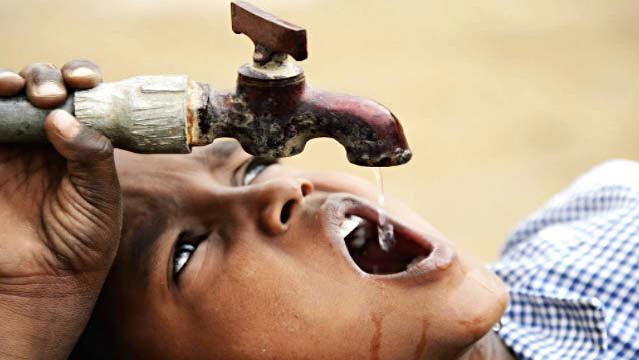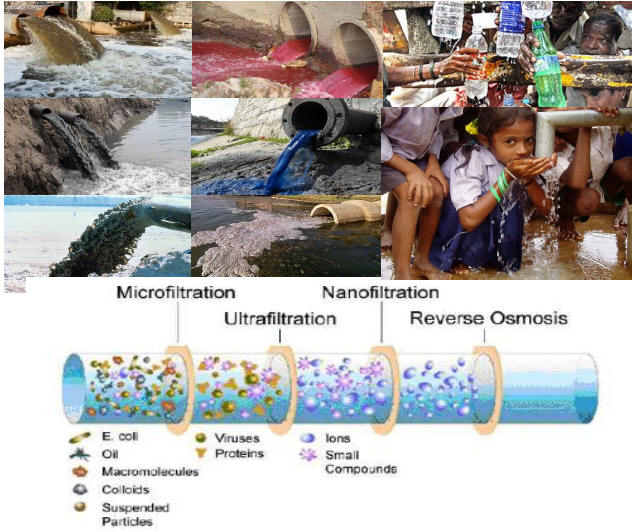Area of Interests
|
-Carbon
nanotubes,
graphene,
porous carbon,
exfoliated graphite,
-Nanostructured
advanced materials including nanopolymers,
-Multifunctional
and functionally graded composites,
-Nanocomposites
including multiscale composites,
-Carbon-carbon/silicon
composites,
-Finite
element analysis of polymeric products,
-Roadwheel
of Military Battle Tank Arjuna
-Applications
of materials in Fuel
cell, Lithium
battery,
Thermoelectric,
Water
purification,
Supercapacitor,
High
performance structural composites,
Catalysis,
and Biomedical
Implants |
|
Publications
-Journal
Papers: 302
-Books:
12+3(special
issue)
-Book
Chapters: 141
-Conference
Papers:
135++
-Patents:
64
-Conf
Proceedings: 08 |
Sponsored Projects
-Projects
in Progress:
04
-Projects
Completed:
43
-Undergraduate
Project:05
-Advanced
Nanoengineering
Materials
Laboratory
-Laboratory Staff:
01 |
Students
Supervised
-Postdoc:
01+05(C)
-PhD:
35
(completed)
-PhD:
06
(ongoing)
-M.Tech:
97(completed)
-M.Tech: 03
(ongoing)
-Visitors:+++ |
________________________________________________________________________________________________________________________________________________________________________________________________________________________________________________________________________________________________________________________________________

-Would you like to reduce
the Processing
cost of waterfrom
10 paise to 9
paise per liter
-Providing
access to potable water has become a human right through various
designations in international treaties and declarations. Water-related
diseases remain the number one cause of death for children under five
worldwide, these problems are particularly evident in rural areas of
developing countries. In addition, emerging contaminants and disinfection
by-products have been linked to chronic health problems for people in the
developed and developing world. The World Health Organization estimates that
80 percent of all sickness in the world is attributable to unsafe water and
sanitation. Water-borne diseases kill 3.4 million people, mostly children,
annually. Millions more are sickened with diarrhea, malaria, schistosomiasis,
arsenic poisoning, trachoma, and hepatitis-diseases that are preventable by
access to clean water and health care information as shown here
The
provision of safe water alone will reduce diarrhoeal and enteric disease by
up to 50%, even in the absence of improved sanitation or other hygiene
measures.
Please keep in mind that chemical dyes are the complex molecular structures,
which are widely used in many industries such as textiles, paint, leather
and food processing. The acquittal of dyes from these industries into the
aquatic environment has triggered many problems to the public health due to
their toxic nature and carcinogenicity.
Specification:
-Pollutant content in the purified water should be
less than the critical limit suggested by the WHO standards or Indian
Standards. -For example: pH-6.5-8.5, Hardness- 0-75, Mercury: 1.0 microgm/L,
Iron: 0.3 mg/L, Arsenic: 10.0 microgm/L, Lead: 10.0 microgm/L, Fluoride: 1.5
mg/L, Pesticide (total): 0.50 microgm/L, Pathogen: (not mentioned), etc




